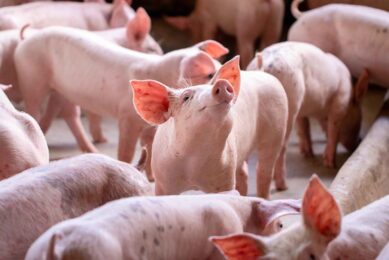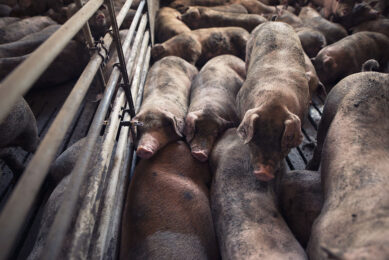US: Moving pigs inside has huge benefits
A study by University of Missouri Extension swine experts shows that moving pigs indoors has led to improved health for pigs and higher-quality product for consumers.
Since the shift to concentrated animal feeding operations (CAFOs), veterinarians have seen a significant decline in parasites, said Beth Young, swine veterinarian with the University of Missouri Commercial Agriculture Program. Young spoke at the 2009 Swine Institute in Columbia, Nov. 10.
©
The Commercial Agriculture Swine Focus Team looked at changes in the swine industry since 1945.
©
Pigs infected with lungworms
In the 1940s, 55-70% of pigs were infected with lungworms. By the 1970s lungworm outbreaks only affected about 11% of farms. “In the past decade, lungworms are rarely seen,” Young said.
©
“Likewise, 78-94% of pigs were infected with kidney worms in the 1940s, and now infestations are rarely seen,” she said.
©
Trichinella and toxoplasma also have seen dramatic drops in recent decades. Scientists believe this is because pigs are not feeding on garbage and have no access to wildlife in CAFO facilities.
©
Undercooked pork
Trichinella infection in humans from eating undercooked pork was once fairly common in the United States, according to the US Centers for Disease Control and Prevention. Today, the only real danger of contracting trichinella through food consumption is from eating game meat.
©
Toxoplasma was noted in 42% of sows in the 1970s and is now down to 6%. Because pigs are confined, they are not exposed to cats, the carriers of the parasite.
©
Young said that many other swine diseases have seen significant decreases or eradication since the move to confined operations. The list includes swine dysentery, atrophic rhinitis, actinobacillus pleuropneumoniae, brucellosis, classical swine fever (hog cholera) and pseudorabies.











